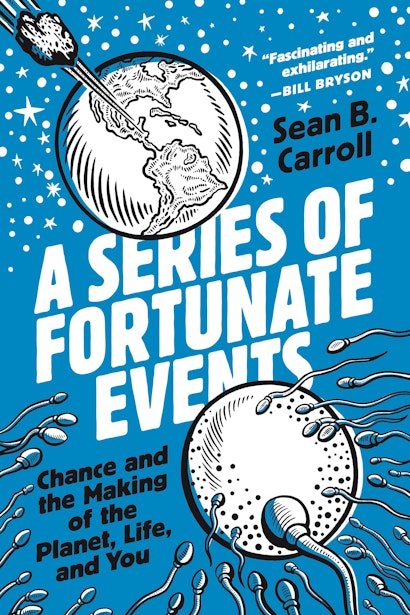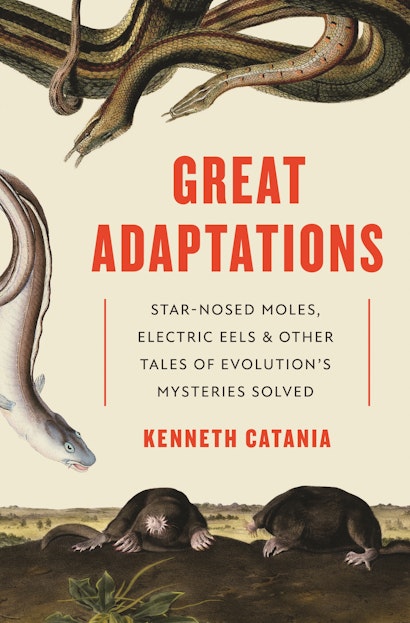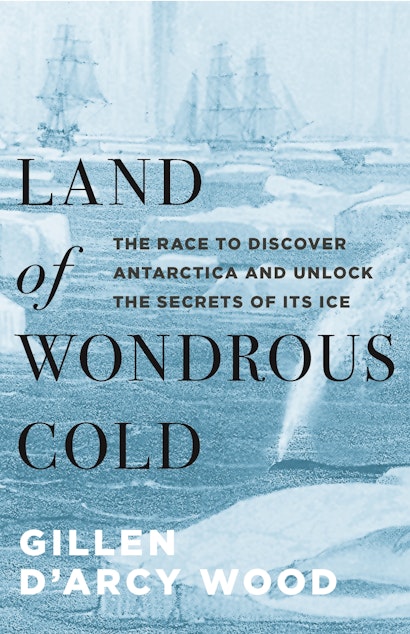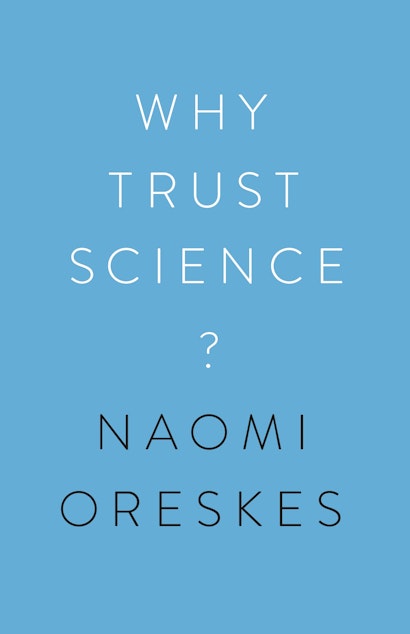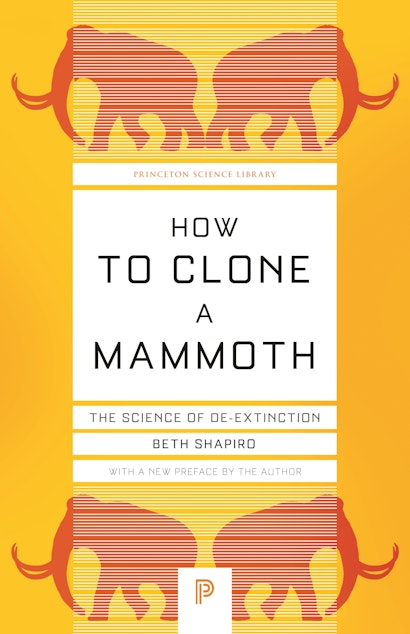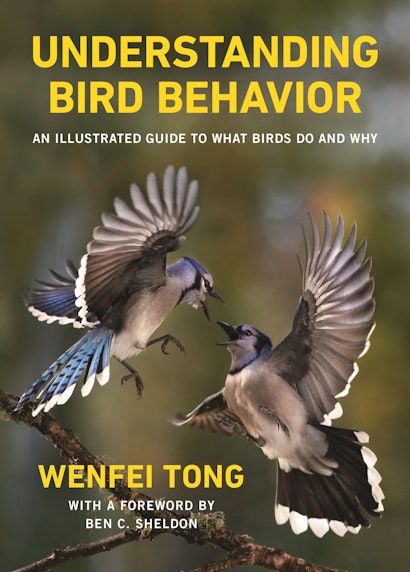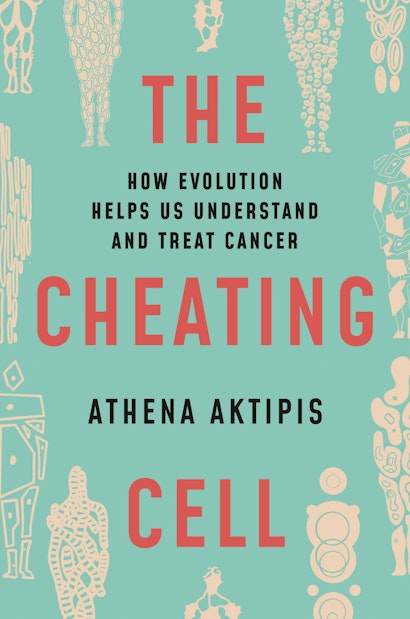Is there a reader in your life who is wont to ask why, how, and when? We have just the list for them: biologist Sean B. Carroll on the great extent to which luck and chance have shaped life on this planet; Jim Al-Khalili on what physics tells us about not only the universe, but the nature of reality itself; stories of the world’s most remarkable animals, from the star nosed moles to tentacled snakes, and a vivid, illustrated guide to understanding bird behavior; one of today’s leading NASA’s scientists on what lies ahead in our search for life in our solar system and beyond; our profound connection to Antarctica in its past, present, and future incarnations, illuminated through gripping tales of scientific discovery; the very real and very compelling science behind “de-extinction;” a groundbreaking reassessment of cancer and its evolutionary origins; an authoritative natural history of medicinal plants; and a bold and compelling defense of science itself.
Why is the world the way it is? How did we get here? Does everything happen for a reason or are some things left to chance? Philosophers and theologians have pondered these questions for millennia, but startling scientific discoveries over the past half century are revealing that we live in a world driven by chance. A Series of Fortunate Events tells the story of the awesome power of chance and how it is the surprising source of all the beauty and diversity in the living world.
From star-nosed moles that have super-sensing snouts to electric eels that paralyze their prey, animals possess unique and extraordinary abilities. In Great Adaptations, Kenneth Catania presents an entertaining and engaging look at some of nature’s most remarkable creatures. Telling the story of his biological detective work, Catania sheds light on the mysteries behind the behaviors of tentacled snakes, tiny shrews, zombie-making wasps, and more. He shows not only how studying these animals can provide deep insights into how life evolved, but also how scientific discovery can be filled with adventure and fun.
Making even the most enigmatic scientific ideas accessible and captivating, this deeply insightful book illuminates why physics matters to everyone and calls one and all to share in the profound adventure of seeking truth in the world around us.
Where is the best place to find life beyond Earth? We often look to Mars as the most promising site in our solar system, but recent scientific missions have revealed that some of the most habitable real estate may actually lie farther away. Beneath the frozen crusts of several of the small, ice-covered moons of Jupiter and Saturn lurk vast oceans that may have been in existence for as long as Earth, and together may contain more than fifty times its total volume of liquid water. Could there be organisms living in their depths? Alien Oceans reveals the science behind the thrilling quest to find out.
Antarctica, the ice kingdom hosting the South Pole, looms large in the human imagination. The secrets of this vast frozen desert have long tempted explorers, but its brutal climate and glacial shores notoriously resist human intrusion. Land of Wondrous Cold tells a gripping story of the pioneering nineteenth-century voyages, when British, French, and American commanders raced to penetrate Antarctica’s glacial rim for unknown lands beyond. These intrepid Victorian explorers—James Ross, Dumont D’Urville, and Charles Wilkes—laid the foundation for our current understanding of Terra Australis Incognita.
Do doctors really know what they are talking about when they tell us vaccines are safe? Should we take climate experts at their word when they warn us about the perils of global warming? Why should we trust science when our own politicians don’t? In this landmark book, Naomi Oreskes offers a bold and compelling defense of science, revealing why the social character of scientific knowledge is its greatest strength—and the greatest reason we can trust it.
Could extinct species, like mammoths and passenger pigeons, be brought back to life? In How to Clone a Mammoth, Beth Shapiro, an evolutionary biologist and pioneer in ancient DNA research, addresses this intriguing question by walking readers through the astonishing and controversial process of de-extinction. From deciding which species should be restored to anticipating how revived populations might be overseen in the wild, Shapiro vividly explores the extraordinary cutting-edge science that is being used to resurrect the past.
Birds are intelligent, sociable creatures that exhibit a wide array of behaviors—from mobbing and mimicking to mating and joint nesting. Why do they behave as they do? Bringing to light the remarkable actions of birds through examples from species around the world, Understanding Bird Behavior presents engaging vignettes about the private lives of birds, all explained in an evolutionary context.
Of the nearly 400,000 plants that have evolved on Earth, around seven percent of them have been used in traditional herbal medicine or as local remedies. More recently, scientific studies have revealed how plants may be sources of important medicines, often in the form of single isolated compounds. Plants That Cure explores these critical compounds and the plants that produce them.
When we think of the forces driving cancer, we don’t necessarily think of evolution. But evolution and cancer are closely linked, for the historical processes that created life also created cancer. The Cheating Cell delves into this extraordinary relationship, and shows that by understanding cancer’s evolutionary origins, researchers can come up with more effective, revolutionary treatments.

